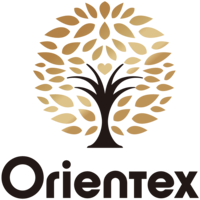M&A Integration Guidelines
A key M&A integration best practice is always to set aside a dedicated spending budget and team for this method. This can range from 1% to seven percent of the deal size. This is certainly necessary to build an integration strategy, establish communication protocols and coach the leadership and personnel on the improvements.
It’s necessary to tailor the mixing plans to support the aims and options for value that drove the acquisition in the first place. This requires a comprehensive, operational difference analysis which will reveal the best long-term integration path. Too often, businesses turn to off-the-shelf plans that overemphasize procedures and are general merger acquisition integration to every integration, and may miss the initial aspects of this transaction.
To speed the integration process, help to make a priority of the core benefit drivers that fueled the acquisition. Centering on these definitely will shape the sequencing and pace of the work streams. For example , within a technology acquisition that required a fresh R&D and sales funnel launch, the mixing managers concentrated their hard work on 3 core teams. This allowed them to dedicate the required talent, as well as administration attention.
Another way to speed up the mixing is to begin culture test and planning early, possibly during the due-diligence phase. This will help the applying for organization better understand the ethnic dynamics that will be in play when the acquisition is definitely complete. Consequently, the acquirer will be able to recognize an integration approach that delivers the specified degree of post-acquisition autonomy – from an even more hands-off, deferred integration that preserves the acquired traditions, to total integration that maximizes top-line and cost synergies.




發表評論
Want to join the discussion?Feel free to contribute!